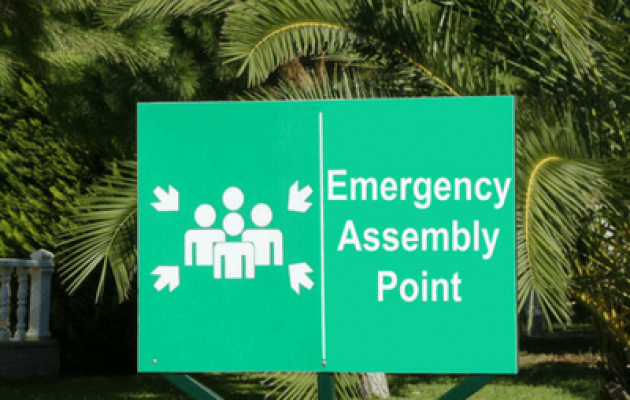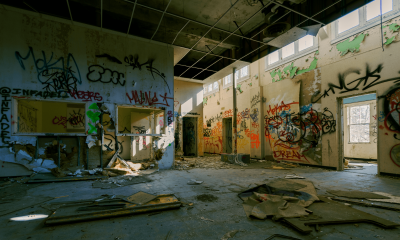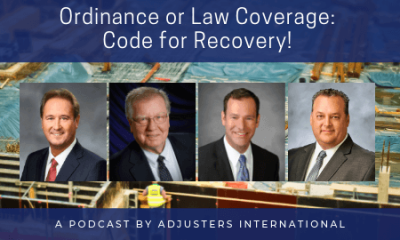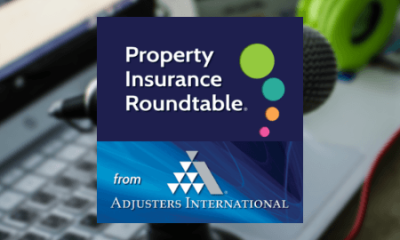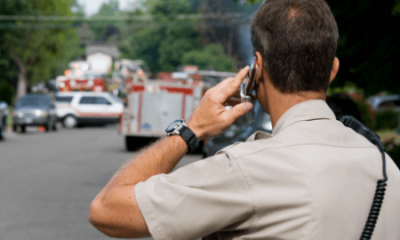Why Many Disaster Plans Fail and What You Can Do To Avoid It
Businesses, organizations, and families should all have a plan in place if a disaster or emergency occurs. In fact, some organizations such as hospitals and governments require a disaster recovery plan to be approved and in place.
Failure to plan ahead will make a chaotic situation worse which can be detrimental to survival and recovery. To create a comprehensive plan effectively, be sure to avoid these common disaster plan errors:
1.) Not practiced beforehand
Disaster plans must be exercised regularly. This includes going through the motions as this is when mistakes are caught, such as a blocked escape route or the absence of a pre-identified gathering location. When an emergency does occur, people will be much calmer if they know exactly what they need to do and where to go, and have run through the plan prior committing it to memory.
2.) Not communicated to applicable personnel
When a disaster plan is created, all persons identified in that plan (from CEOs to children at home) must understand their responsibilities should an emergency occur.
3.) Too much or too little detail
Every disaster plan requires specific information about personnel, communications, etc. Leaving out critical information can hinder personnel in evacuation methods, response, and recovery; however, including too much information can also become cumbersome when looking for specifics in an emergency as well.
The key is to have your disaster plan organized, whether it is print or digital, and keep it concise.
4.) Not easily accessible or available
Disaster plans should be easily accessible to all persons whether they are at the physical property or off-site. This may mean that a printed disaster plan needs to be digitized, or that each person receives a copy of the plan itself.
5.) Created from a fill-in the blank template and not specific to the location(s)
There are many websites and companies that offer help with creating a disaster plan, but use a fill-in-the-blanks template. Although having one is better than not, a template is not customized to your specific needs, nor does it account for special circumstances. It is best to design your disaster plan from scratch and especially for businesses or organizations – with the help of a disaster recovery consultant.
6.) Does not account for multiple scenarios
Your disaster plan should not just account for disasters that can occur to your location but also to others’ such as neighbors, or third party vendors. Disasters such as fires or floods to an adjacent or dependent property can impact your home or business income just as much as a disaster to your own property.
7.) Was not regularly reviewed
Your disaster plan should be reviewed and updated accordingly every six months. Overtime, your family grows, there is turnover of employees, and operations change – all of which needs to be reflected in your disaster plan. The last thing you want is an emergency to occur and to have important information be outdated.
To create a comprehensive disaster plan, it is advised to meet with a disaster recovery professional who has the ability and knowledge to build an effective plan.
For additional information, visit:
- Property Insurance Roundtable podcast “Disaster Recovery Planning: Preparation is the Key to Surviving Disasters”
- “Keep Your Family and Property Safe in a Disaster Situation by Following These Steps!”
- “12-Step Disaster Plan” - Four part blog series

